Sept. 20, 2024: Black-bellied Plovers migrate south from the Arctic, stopping along Falmouth barrier beaches in the fall. Conservation of local coastal ecosystems is vital to support their refueling and successful migration. This plover was recently seen foraging on the sand flats by Woodneck Beach.
The Black-bellied Plover (Pluvialis squatarola) is a long-distance migratory shorebird that makes important stopovers on Falmouth beaches during its fall migration. Here’s an overview of its migratory patterns in the fall, with a focus on the Falmouth shoreline:
Migration Timing:
– Fall Migration: Black-bellied Plovers begin their southward migration in late July, peaking in August through October. Some may linger into November before continuing to their wintering grounds.
– Falmouth Stopover: The plovers use Falmouth’s coastal habitats as a stopover site to rest and refuel before continuing their journey south. This area is especially important as a refueling station due to its abundant mudflats, salt marshes, and beaches.
Migration Route:
– Breeding Grounds: Black-bellied Plovers breed in the Arctic tundra across northern Alaska, Canada, and Russia.
– Stopover in Falmouth: As part of the Atlantic Flyway, they stop along the northeastern coast of the United States, including Cape Cod, during their migration.
– Wintering Grounds: After Falmouth, many plovers continue southward to wintering grounds in the southern U.S., the Caribbean, Central and South America, and as far south as Argentina.
Habitat Use on Falmouth beaches:
– Preferred Habitat: During their stopover in Falmouth, Black-bellied Plovers favor sandy beaches, tidal flats, salt marshes, and coastal estuaries where they can feed on small invertebrates such as crustaceans, mollusks, and marine worms.
– Key Birding Locations: Other important stopover sites for Black-bellied Plovers on Cape Cod include places like Monomoy National Wildlife Refuge, South Beach, Wellfleet Bay, and other expansive tidal areas.
Behavioral Observations:
– Flocking Behavior: During migration, Black-bellied Plovers can often be observed in small to medium-sized flocks. Their characteristic call—a sharp, plaintive whistle—helps birders identify them during migration.
– Plumage Changes: By the fall, many Black-bellied Plovers have molted out of their striking black-bellied breeding plumage and transitioned into more subdued gray and white winter plumage.
Challenges:
Migrating Black-bellied Plovers face challenges, including habitat loss along stopover sites and coastal development. Ensuring the conservation of critical habitats like those in Falmouth and other coastal towns is crucial for their continued success during migration.
Cape Cod’s diverse coastal ecosystems provide essential resources that allow Black-bellied Plovers to complete their impressive migration southward each fall.

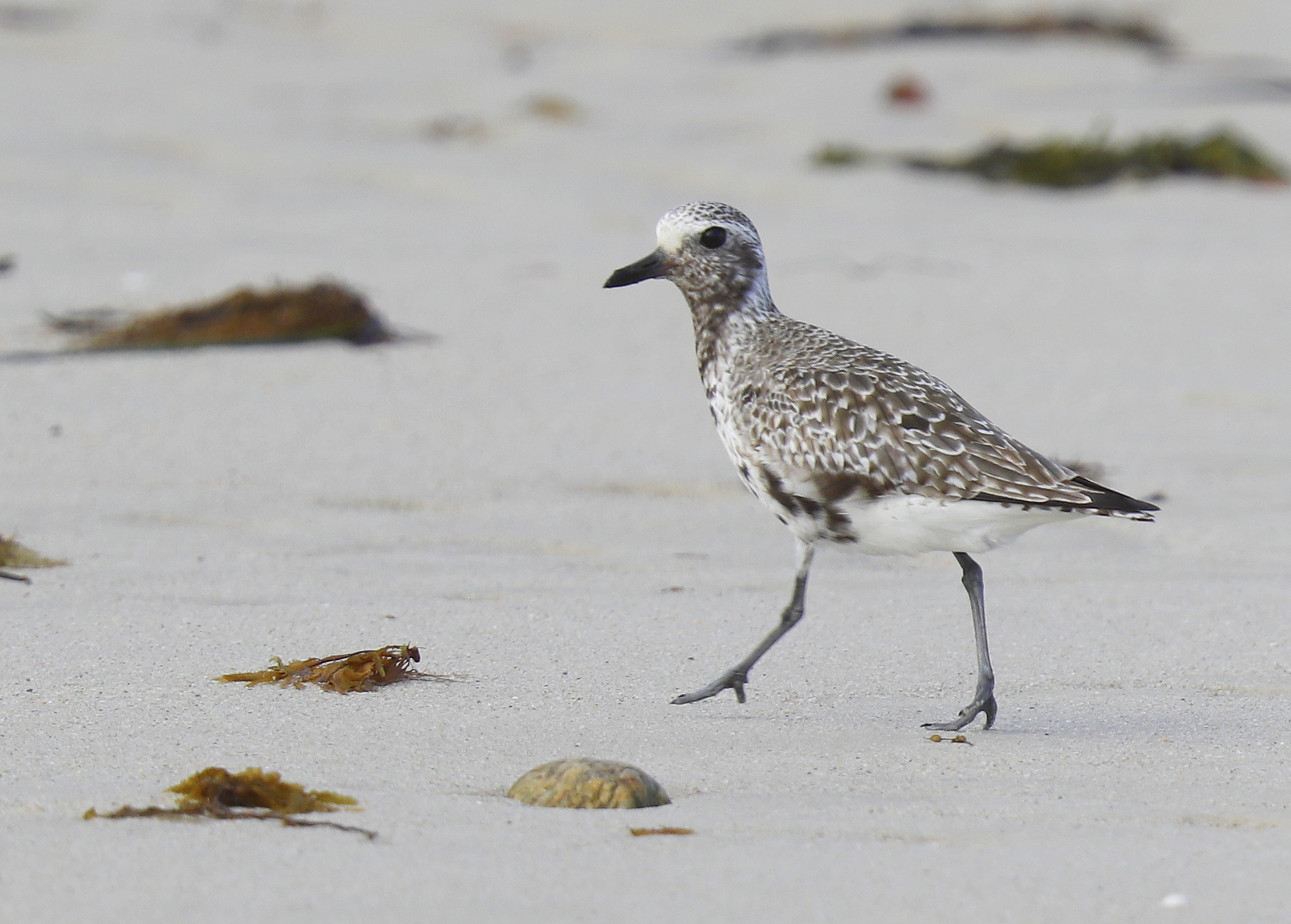
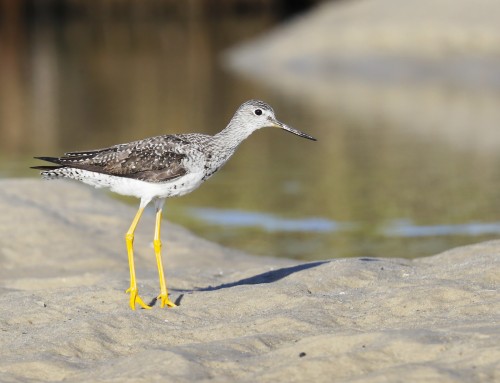
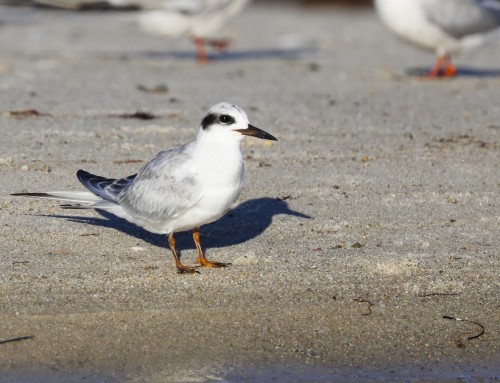
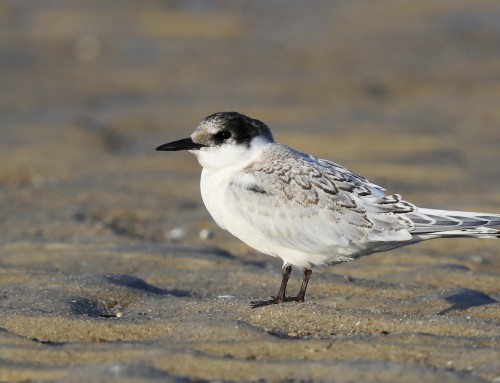
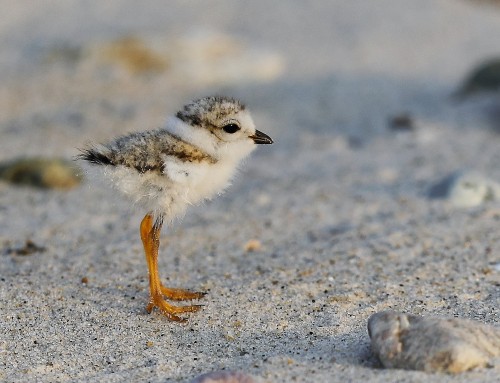
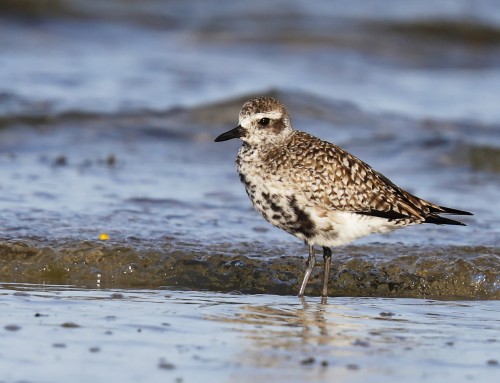
Leave A Comment
You must be logged in to post a comment.